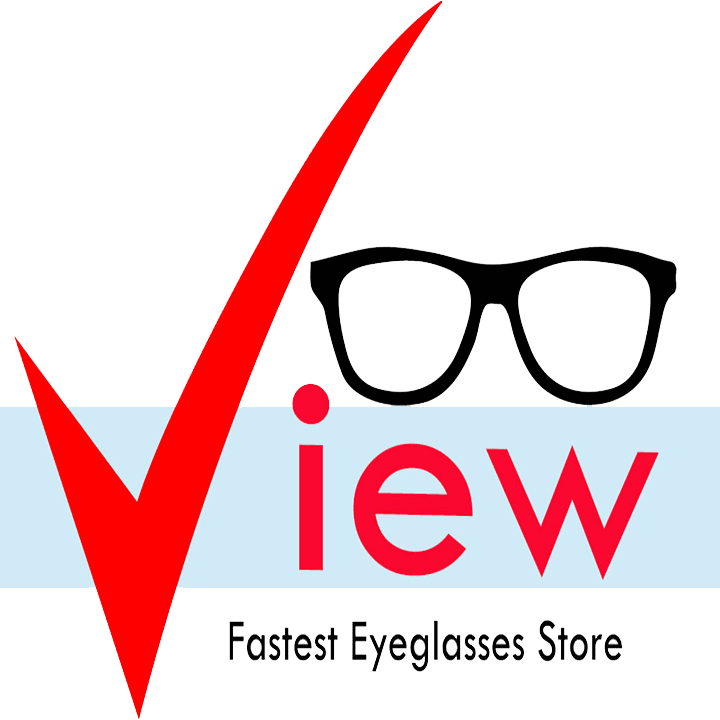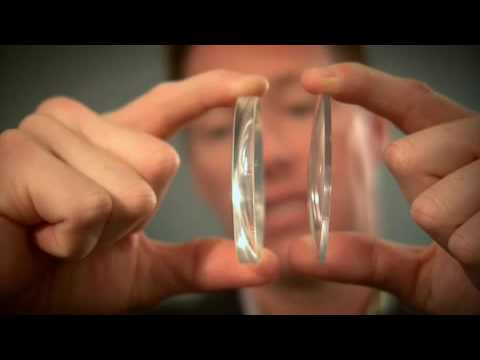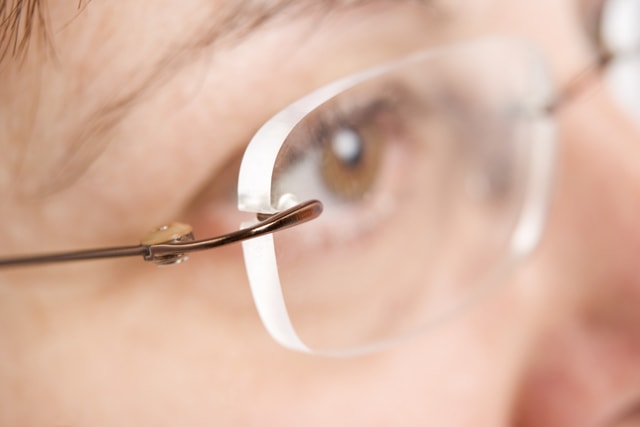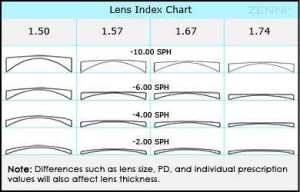How to Wear Contact Lenses
How to Wear Contact Lenses https://vieweyes.com/wp-content/uploads/2015/06/colored-contact-lenses-600x400.jpg 600 400 jometry1 https://secure.gravatar.com/avatar/7486e1f60e2e06f25469185dfc318e41?s=96&d=mm&r=gNervous? Don’t be. Putting contact lenses in and taking them out is easier than you might think. It may take a few days for your eyes to get used to the feeling of wearing lenses. If you’re having trouble don’t force it, give yourself plenty of time to get comfortable. There’s no rush, you can always try again tomorrow.
Care
Daily disposable contacts are inserted on the eye every morning and thrown away every night, so you don’t need care solutions.
Lifestyle
One and done is an easy care routine for many first-time wearers or people with active lifestyles.
Care
Simply clean daily and store in lens solution overnight to maintain safety and cleanliness.
Lifestyle
2-week contacts require basic care and upkeep, but also enable you to have one pair for a longer period of time than just a day.
Care
Basic care and upkeep—storing and cleaning in lens solution overnight—allows you to keep them for an extended period of time.
Lifestyle
Because you’ll have these longer, they require some amount of responsibility to keep them clean.






